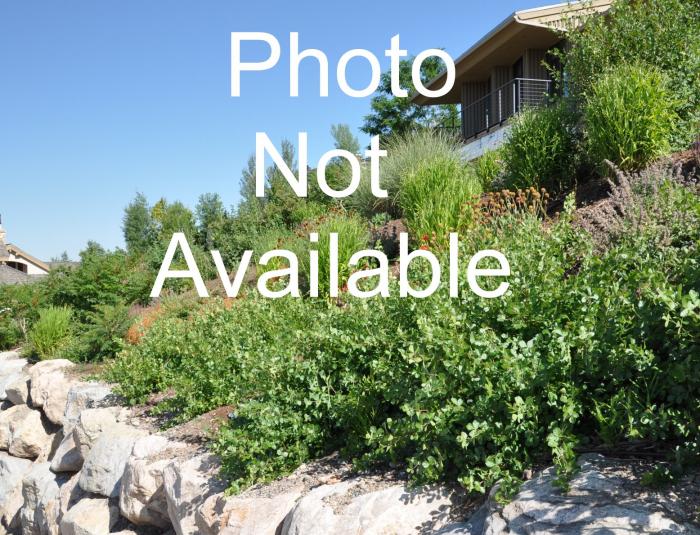| Botanical Name: Coreopsis grandiflora | |
| Common Name: Summer Coreopsis |

-
Anatomy
-
Culture
-
Design
Plant Type
Perennial
Height Range
1-3'
Flower Color
Red, Yellow
Flower Season
Summer
Leaf Color
Green
Bark Color
n/a
Fruit Color
n/a
Fruit Season
n/a
Sun
Full
Water
Low
Growth Rate
Fast
Soil Type
Sandy, Clay, Loam, Rocky, Unparticular
Soil Condition
Average, Rich, Poor, Well-drained, Dry
Soil pH
Neutral, Basic
Adverse Factors
n/a
Design Styles
English Cottage, Mediterranean, Ranch
Accenting Features
Showy Flowers
Seasonal Interest
Summer
Location Uses
Entry, Perennial Border, Parking Strip
Special Uses
Container, Cut Flowers, Mass Planting, Small Spaces
Attracts Wildlife
Butterflies
Information by: Stephanie Duer
Photographer:
Photographer:
-
Description
-
Notes
Coreopsis are a wonderful addition to the sunny perennial border. There are many cultivars currently available, and it seems every year there are new ones to choose from. The typically have a mounding, clumping habit, grow under 24 inches in height, and have lance-shaped bright green foliage. Flowers are daisy-like, yellow to cream (though there reddish forms), and bloom May to August, with the petals appearing singularly, doubled, or as pom-poms, depending on the cultivar. They all make great cut flowers, attract butterflies, and tend to be resisted by deer and rabbits.
Grow in full sun and well drained soil. Thrives in poor, sandy, clay, or rocky soils with good drainage. Tolerant of heat, humidity and drought. Prompt deadheading of spent flower stalks encourages additional bloom and prevents any unwanted self-seeding.